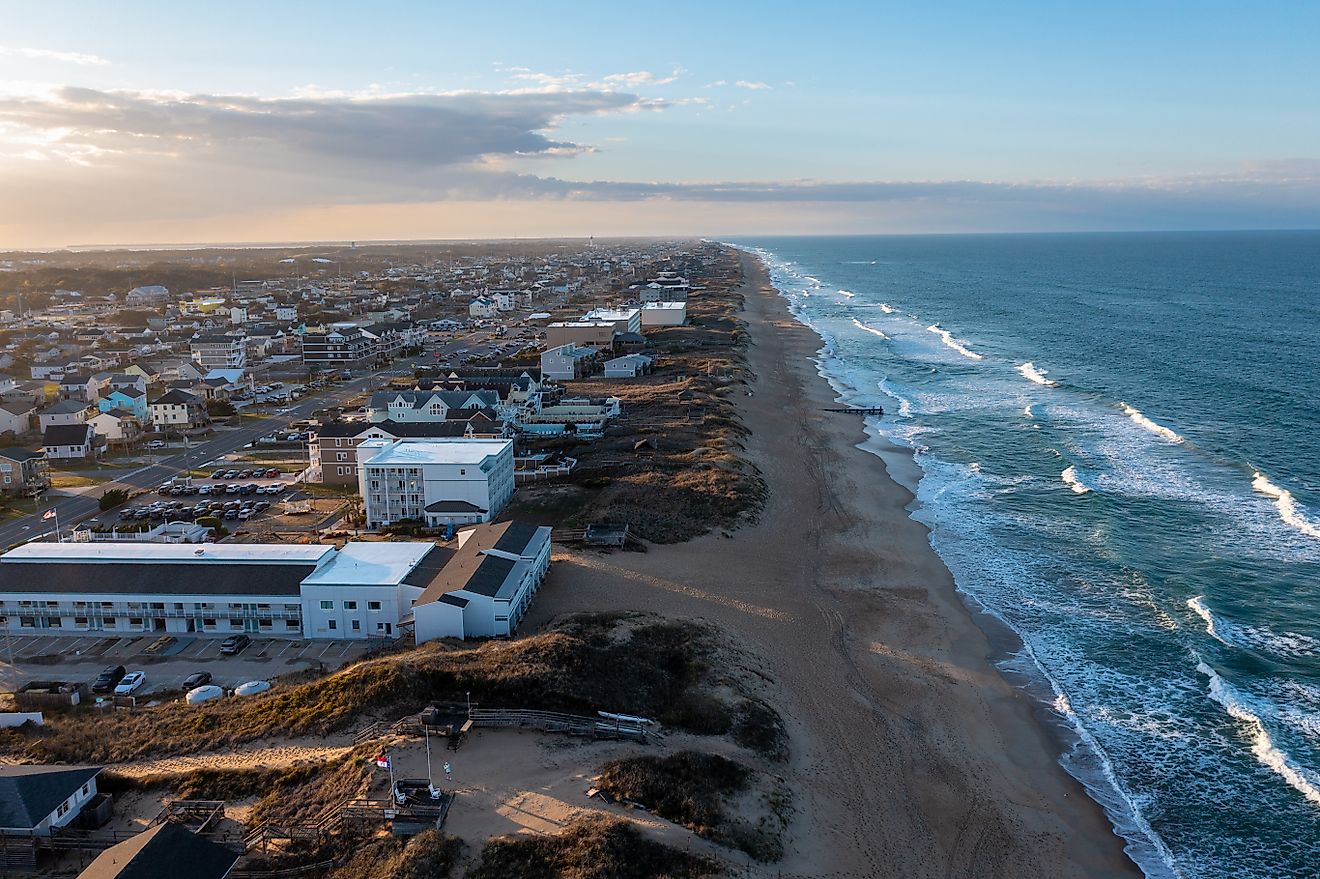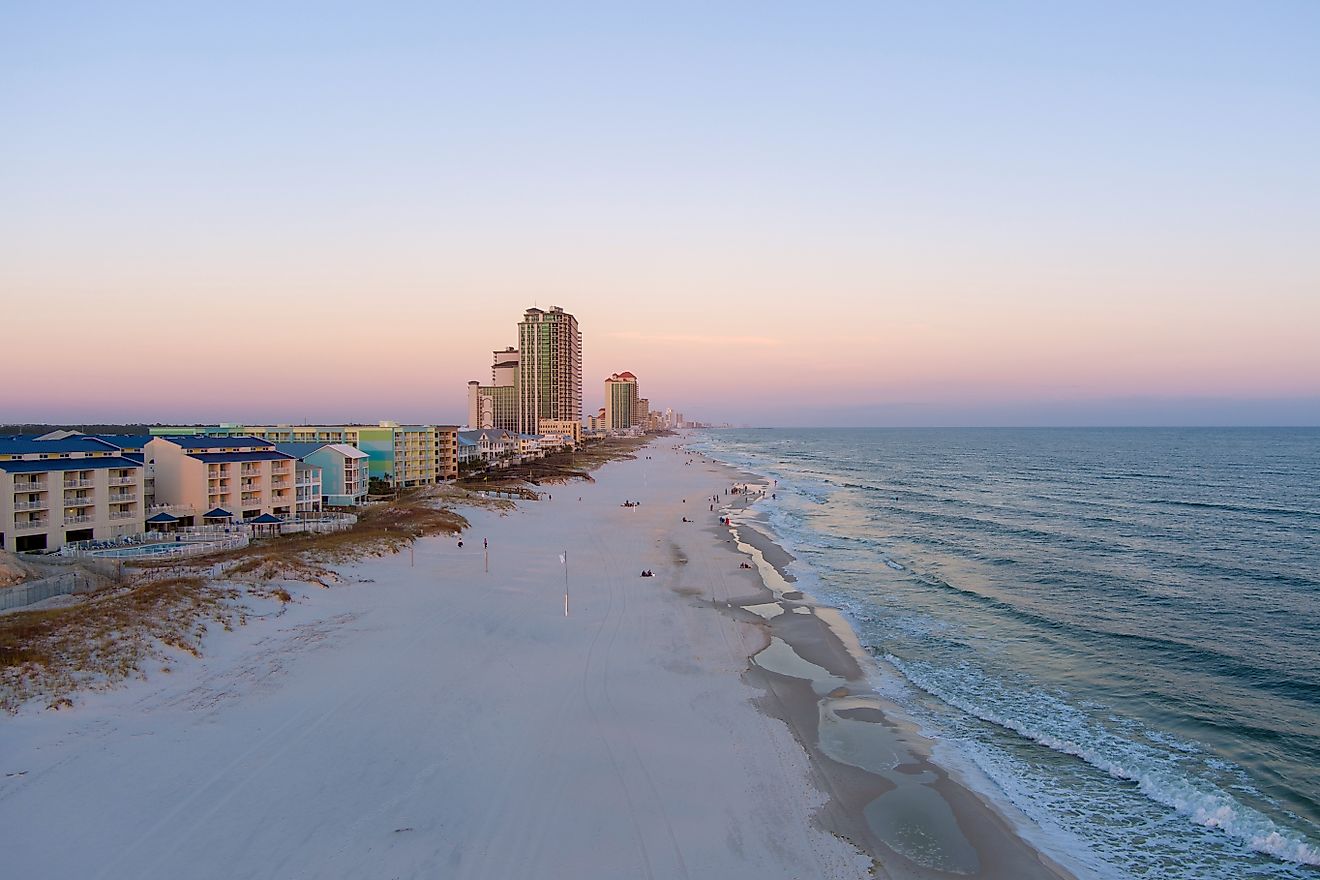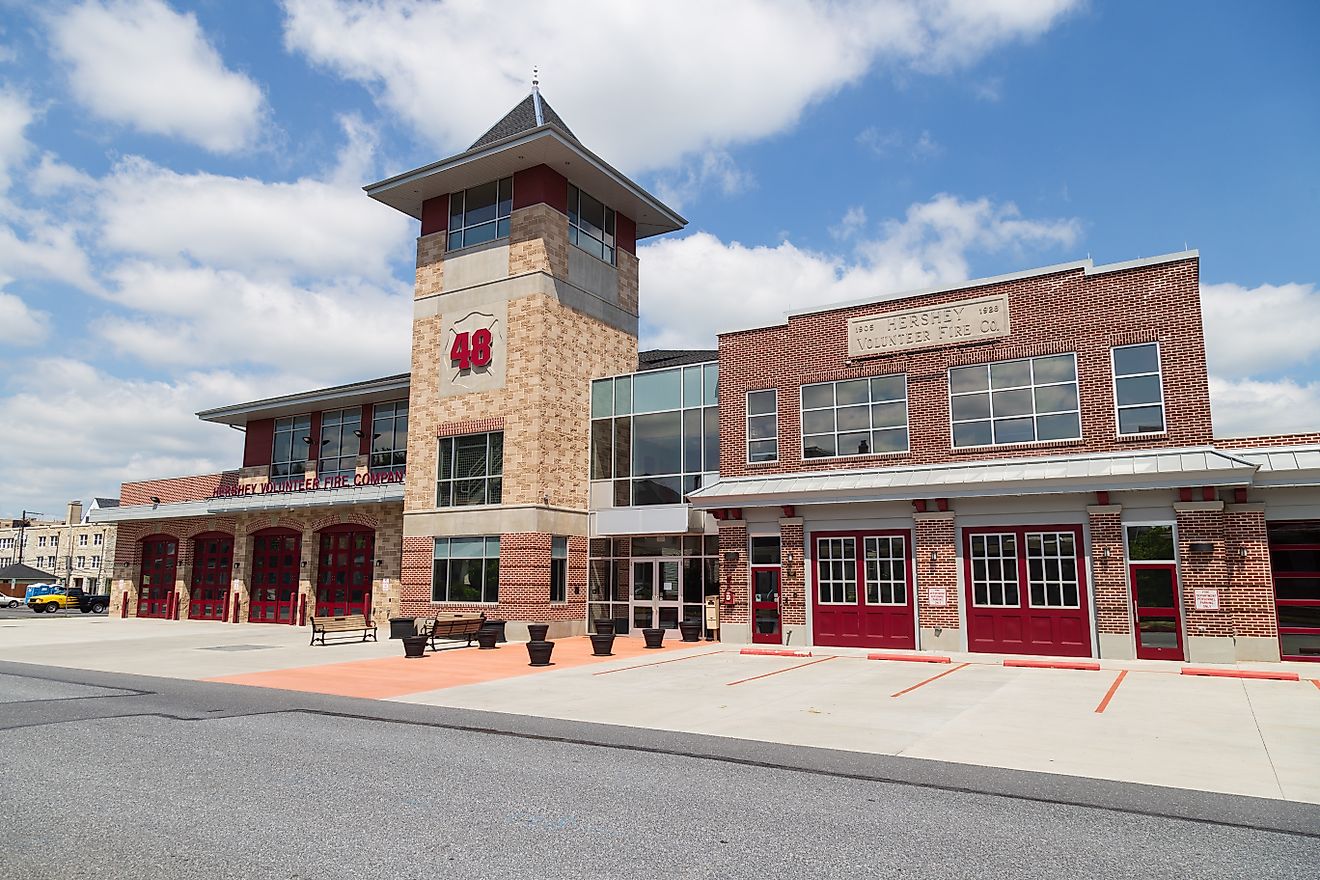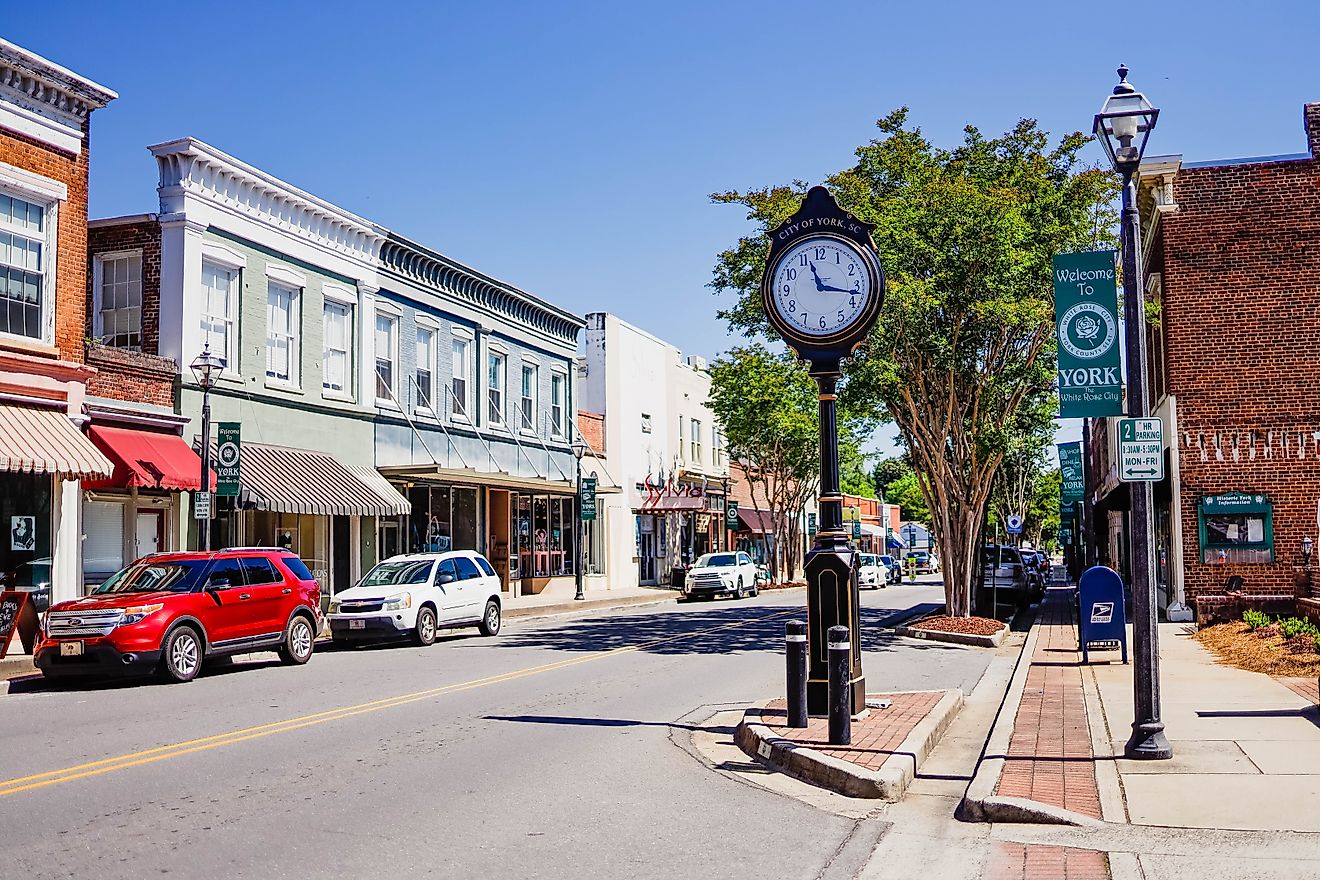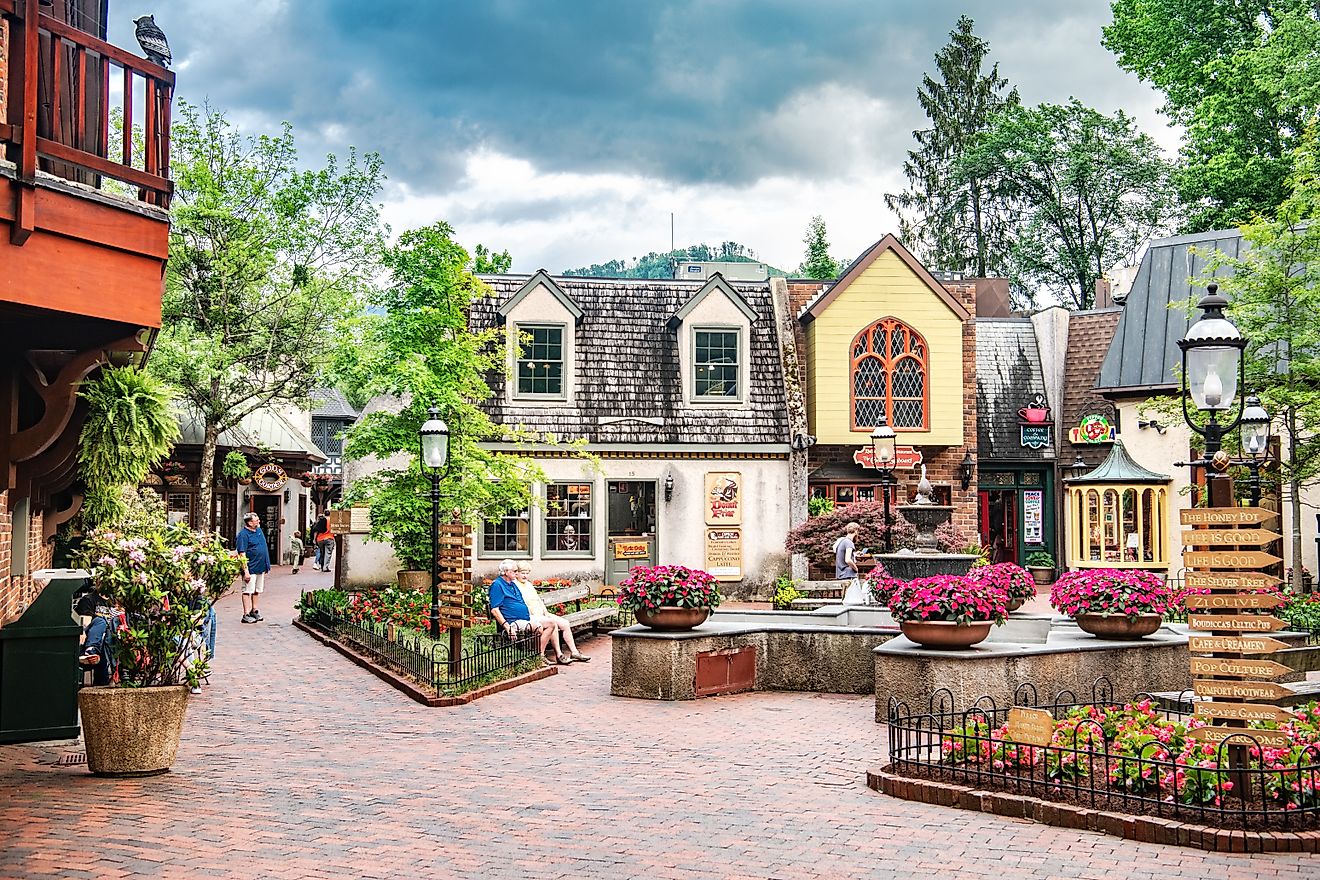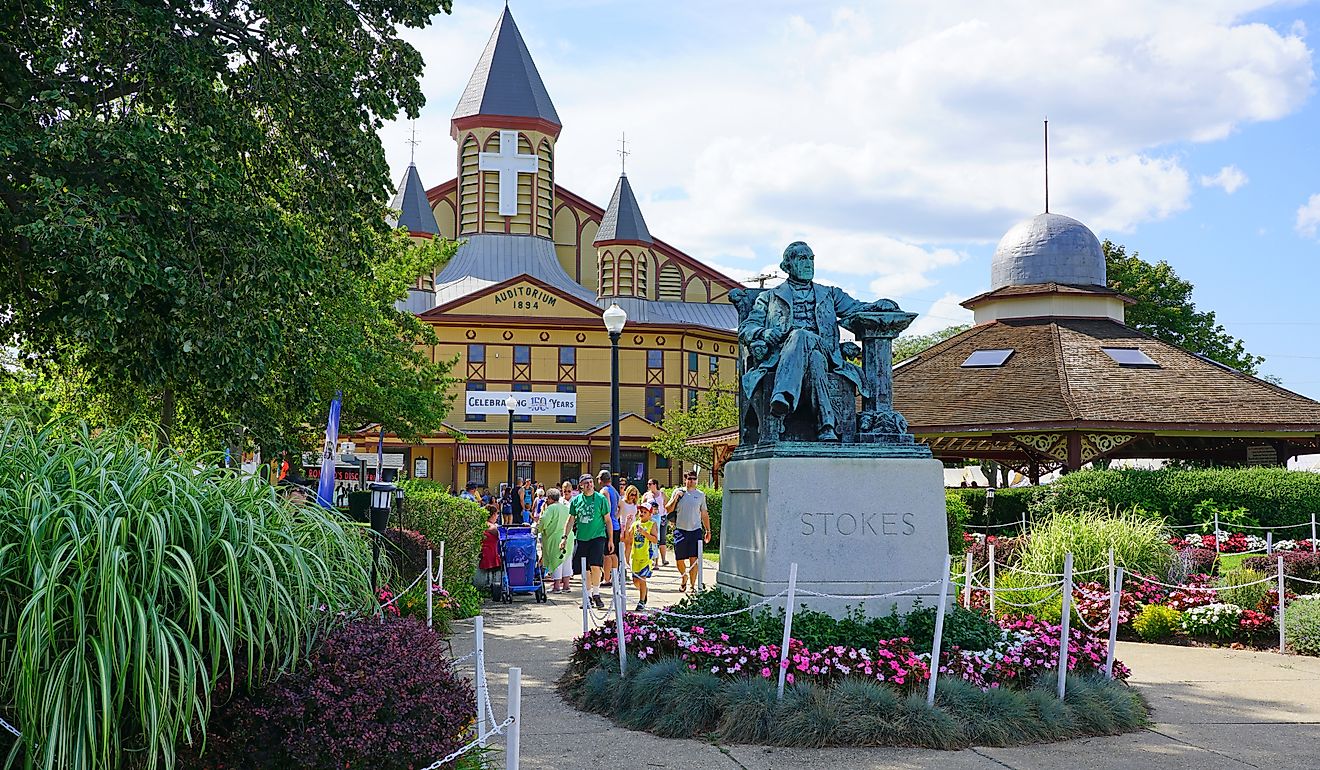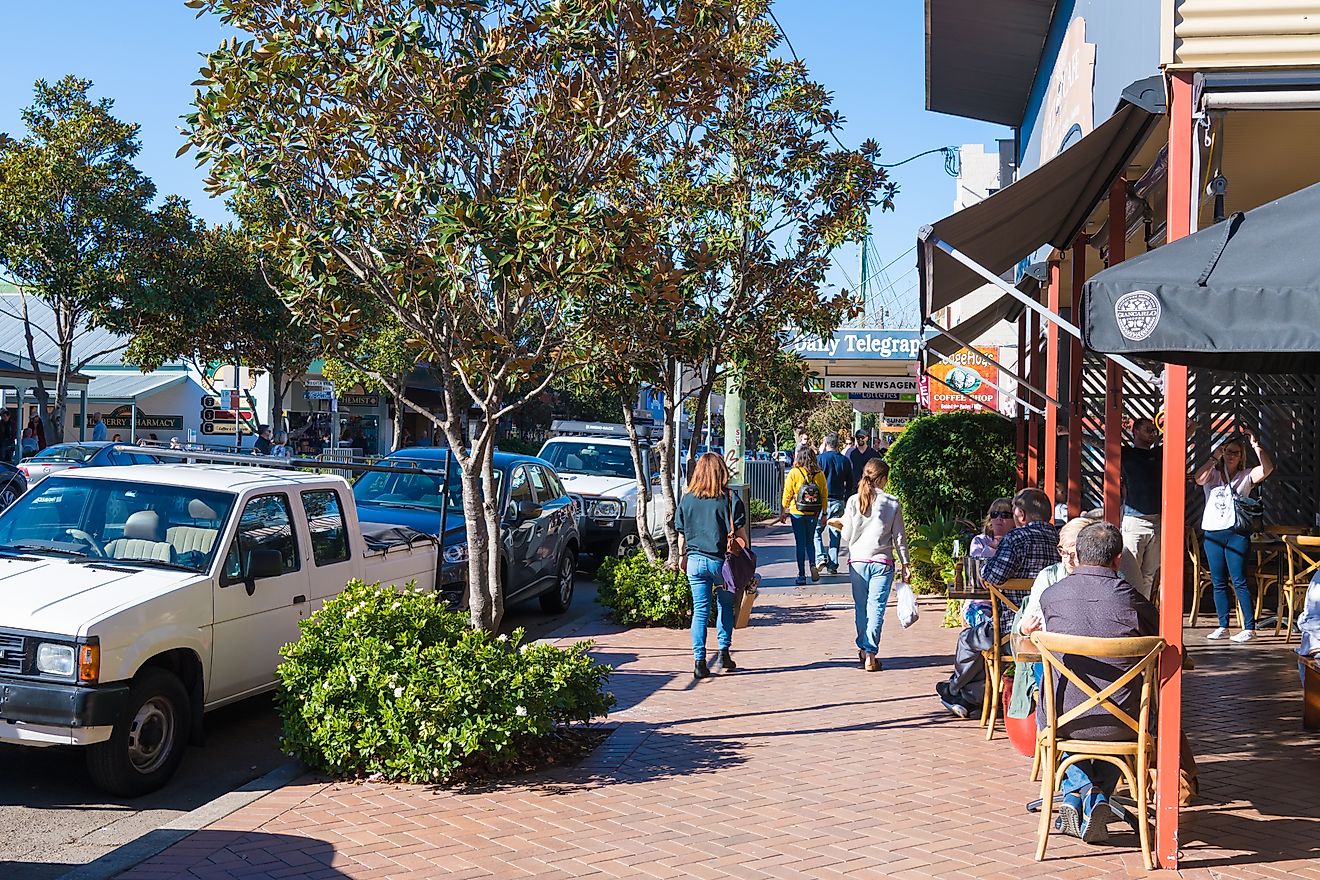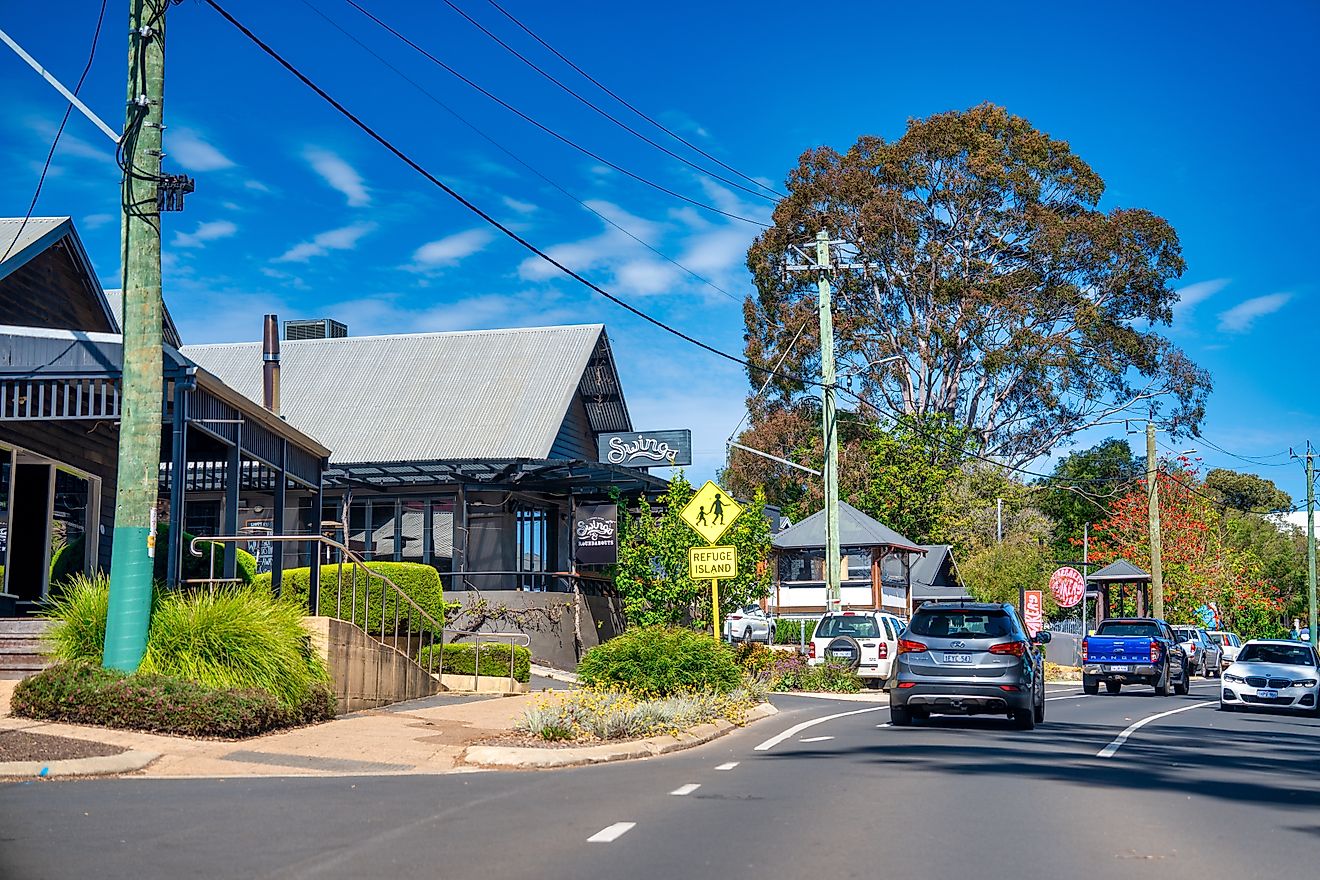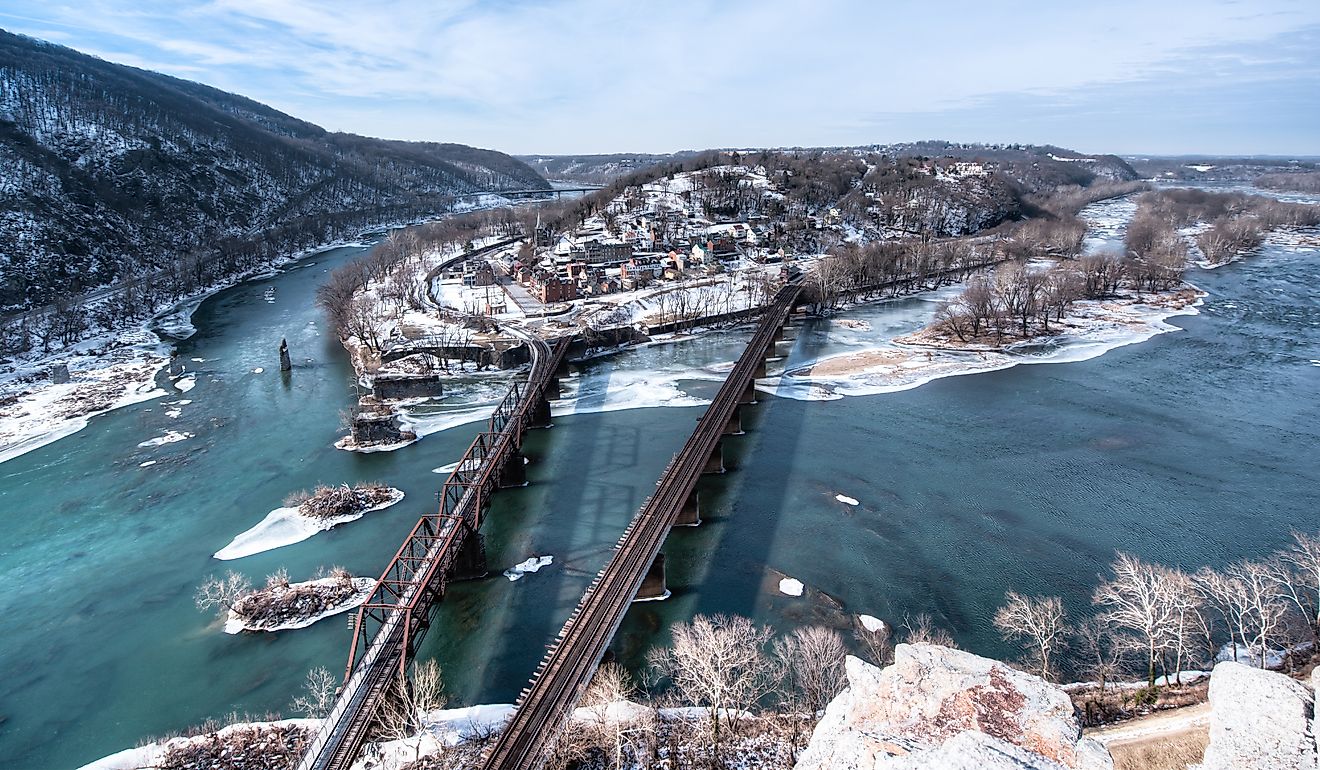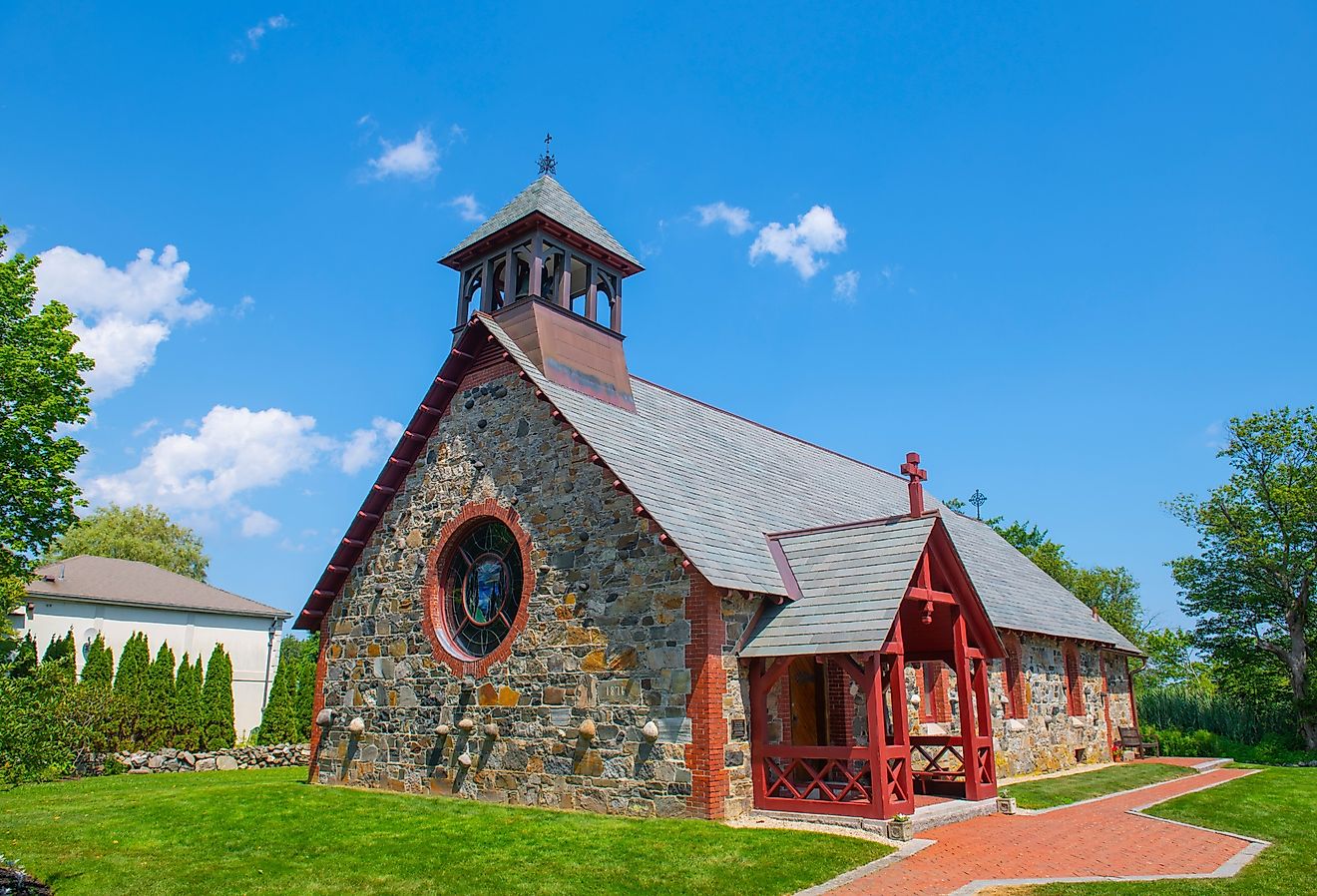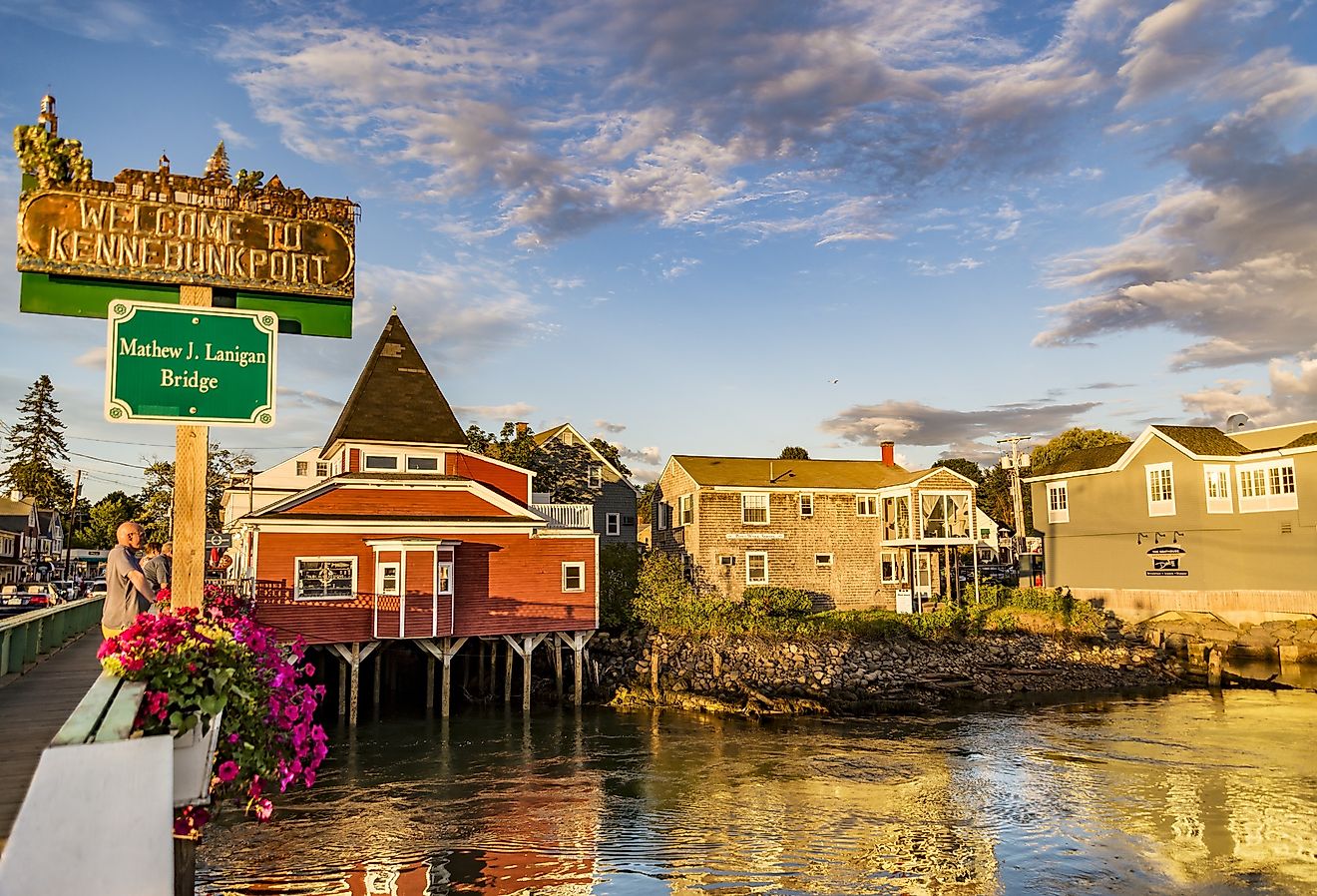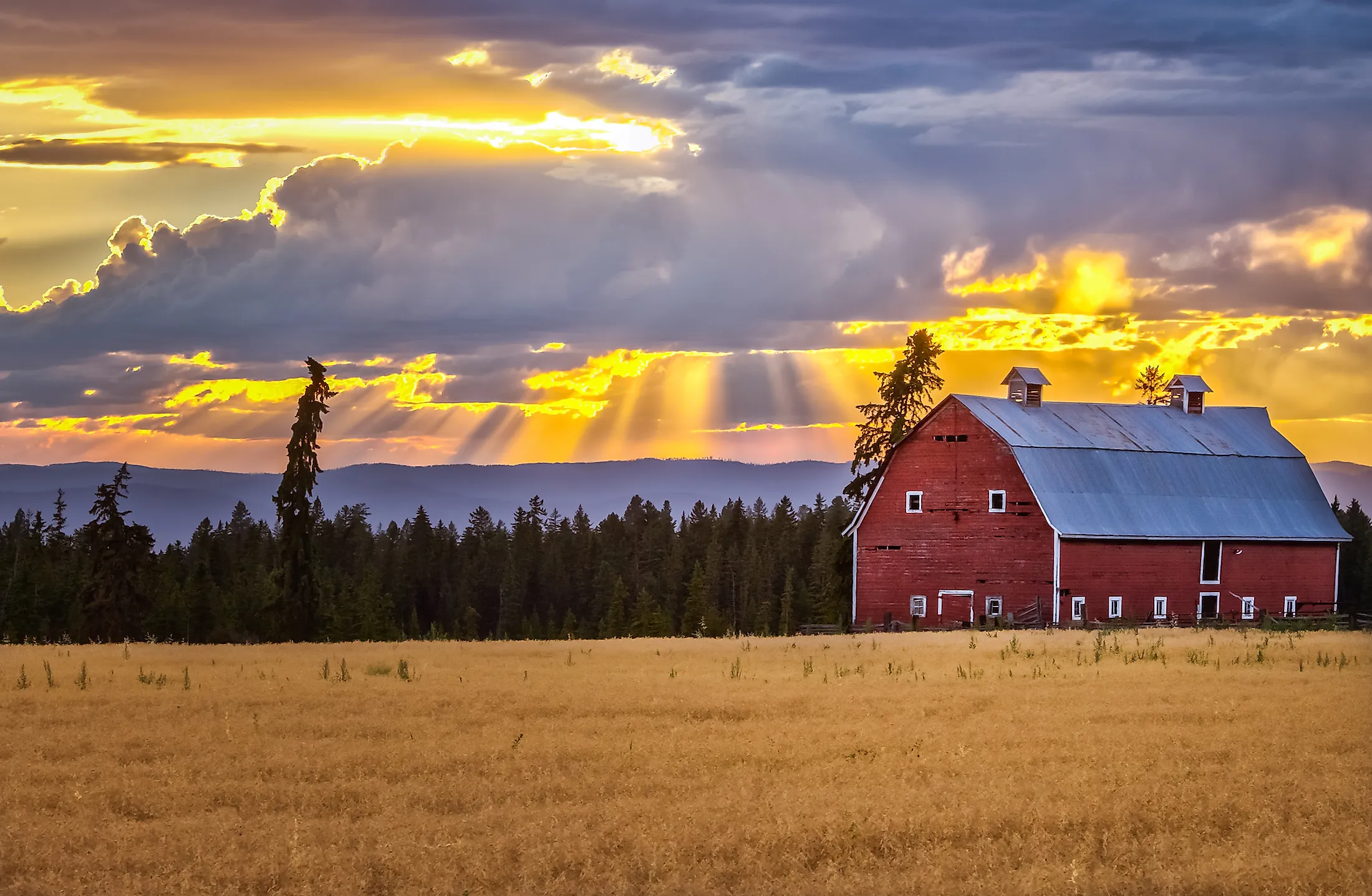
Bigfork, Montana
Bigfork is a town in the US state of Montana. Located on the shores of the largest freshwater lake west of the Mississippi River, Bigfork was founded in the late 19th century. The area in which the town is situated is best known for its natural splendor. In fact, the person who founded Bigfork did so because the area’s natural environment so awe-inspired him that he decided to make it his home. More than a century later, Bigfork and its surroundings are still attracting tourists who flock to the area to enjoy many outdoor activities and take in the town’s artistic and cultural institutions.
Geography Of Bigfork
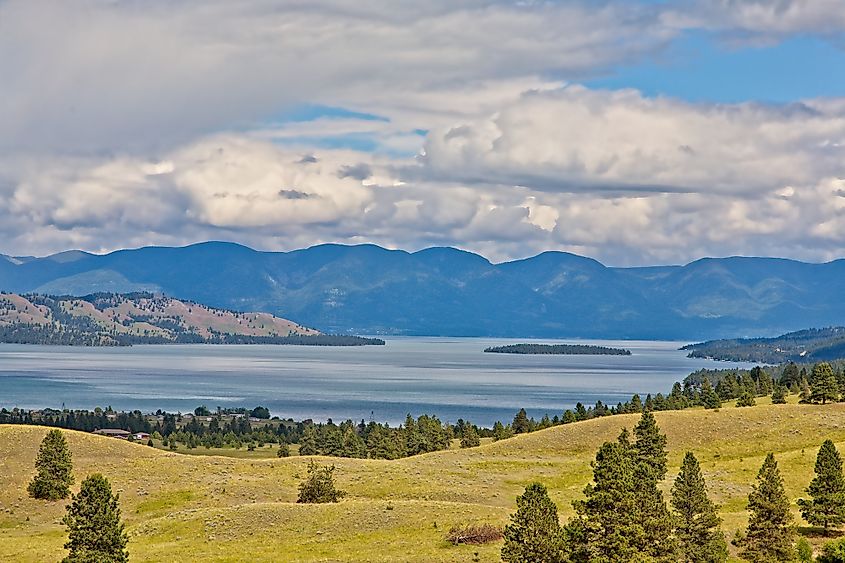
Bigfork is located in south-central Flathead County in northwestern Montana, on the northeastern shore of Flathead Lake. The western edge of the town is the Swan River, which flows into Flathead Lake from the east, entering the lake at the center of town, where Bigfork Harbor is located. To the west of Bigfork Harbor is a smaller harbor known as North Shore Harbor. The city limits of Bigfork include Wayfarers/Flathead Lake State Park, which is situated to the south of the downtown area. The Flathead River borders Bigfork in the west, and Montana Highways 82 and 83 border it to the north. The town has a total area of 50.37 sq. km.
Population Of Bigfork
The total population of Bigfork is 4,668. About 92% of the town’s residents are white, of which 90.6% are non-Hispanic, and 1.63% are Hispanic. People of mixed racial heritage make up 2.61% of Bigfork’s population, while other Hispanics comprise 2.29%, and Native Americans 1.76%. Almost 95% of the town’s residents speak only English. Spanish is spoken by 3.5% of Bigfork residents. About 94% of the town’s population was born in the United States, while 36.83% were born in the town itself.
Economy Of Bigfork
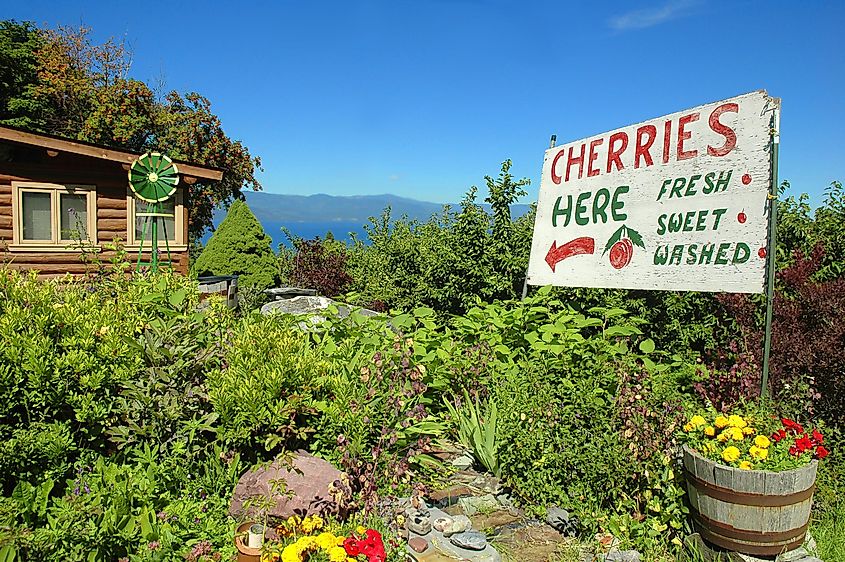
The average household income in Bigfork is $83,853, the poverty rate is 12.31%, and the unemployment rate is 3.1%. In terms of the number of employees, the largest industries in the town are healthcare & social assistance, construction, and accommodation & food services.
History Of Bigfork
The Bigfork area was inhabited by several Native American peoples, including the Salish, Kootenai, Blackfoot, and Pend d’Oreille nations. The name “Bigfork” is a translation of a word in the Salish language. It refers to the town’s location at the big fork where the Swan River flows into Flathead Lake. In 1887, the Dawes Act divided Native American territory into individual allotments and designated any surplus land to white settlers. These surplus lands included the area in which Bigfork is now situated.
The person credited with founding the town was a man named Everit L. Sliter, who arrived at the present-day site of Bigfork in 1889 while on a hunting and fishing trip. He was in awe of Flathead Lake, the Swan and Flathead Rivers, and the nearby mountain ranges. Thus, in 1894, he acquired 140 acres of land in the present-day town and moved his family there. He planted the area’s first orchard, established and ran Bigfork’s first hotel and general store, and even opened a post office, serving as the new community’s postmaster. Bigfork was officially incorporated in 1902.
In the early 1900s, a dam, hydroelectric power plant, and road along Swan River brought construction laborers and logging, which contributed to the future prosperity of Bigfork. The power plant allowed the town to be fully electrified long before most other rural communities in the United States in the early 20th century. For this reason, one of the main downtown streets in Bigfork is called Electric Avenue. Bigfork Harbor would go on to serve steamships on Flathead Lake. Within the last 20 years, the population of Bigfork has quadrupled, mainly because more people decided to become permanent residents after falling in love with the town’s natural environment, just as Everit L. Sliter did.
Attractions In And Around Bigfork
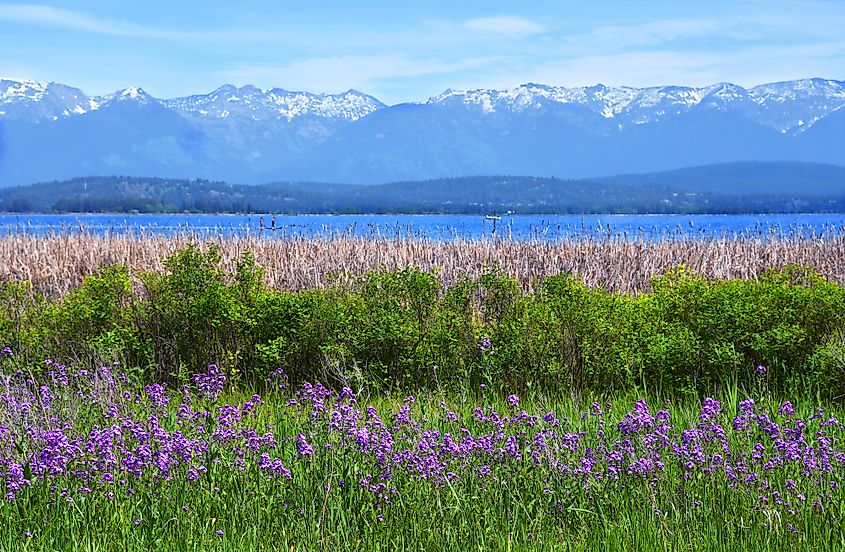
Bigfork is well-known for its natural beauty. This natural beauty makes the town and the area that surrounds it an outdoorsman’s paradise, where visitors can enjoy a wide variety of outdoor activities throughout the year. One example of a popular outdoor attraction in the area is the famous Eagle Bend Golf Course, which was developed with the help of Jack Niklaus. It is now considered one of the most beautiful and challenging golf courses in the entire United States.
Bigfork is also home to the Wayfarers/Flathead Lake State Park. Located on the shore of Flathead Lake, this park is 67 acres of mature mixed forest, which provides an ideal environment for a multitude of outdoor activities, including nature walks over the rocky shoreline to the cliffs, which are popular with photographers who want to get a scenic view of the lake. The park includes 30 campsites, including one that caters specifically to cyclists. Another park popular with visitors to Bigfork is the Glacier National Park. This park, located north of Bigfork, contains more than one million acres of stunningly beautiful Montana scenery. It includes two mountain ranges that are home to bears, moose, mountain goats, deer, bighorn sheep, elk, bobcats, Canadian lynxes, coyotes, cougars, eagles, hawks, and more. The park also includes hundreds of miles of trails, a dozen large lakes, and 700 smaller lakes. More than 2 million people visit Glacier National Park every year.
In addition to being a great place for anyone seeking an outdoor adventure, Bigfork also boasts a fantastic arts and culture scene. The town bills itself as an artist’s paradise containing more art galleries, museums, and independent visual artists than would normally be found in a small town. The three large arts and culture venues in Bigfork are the Bigfork Art & Cultural Center, the Bigfork Center for the Performing Arts, and Bigfork Summer Playhouse. Art Galleries in the Bigfork area include Eric Thorsen Fine Art Gallery, the Gary Riecke Bayside Gallery, ARTfusion, and the Brett Thuma Gallery. Museums include the Miracle of America Museum, Somers Company Town Museum, Stumptown Historical Museum, and the Hockaday Museum of Art.
